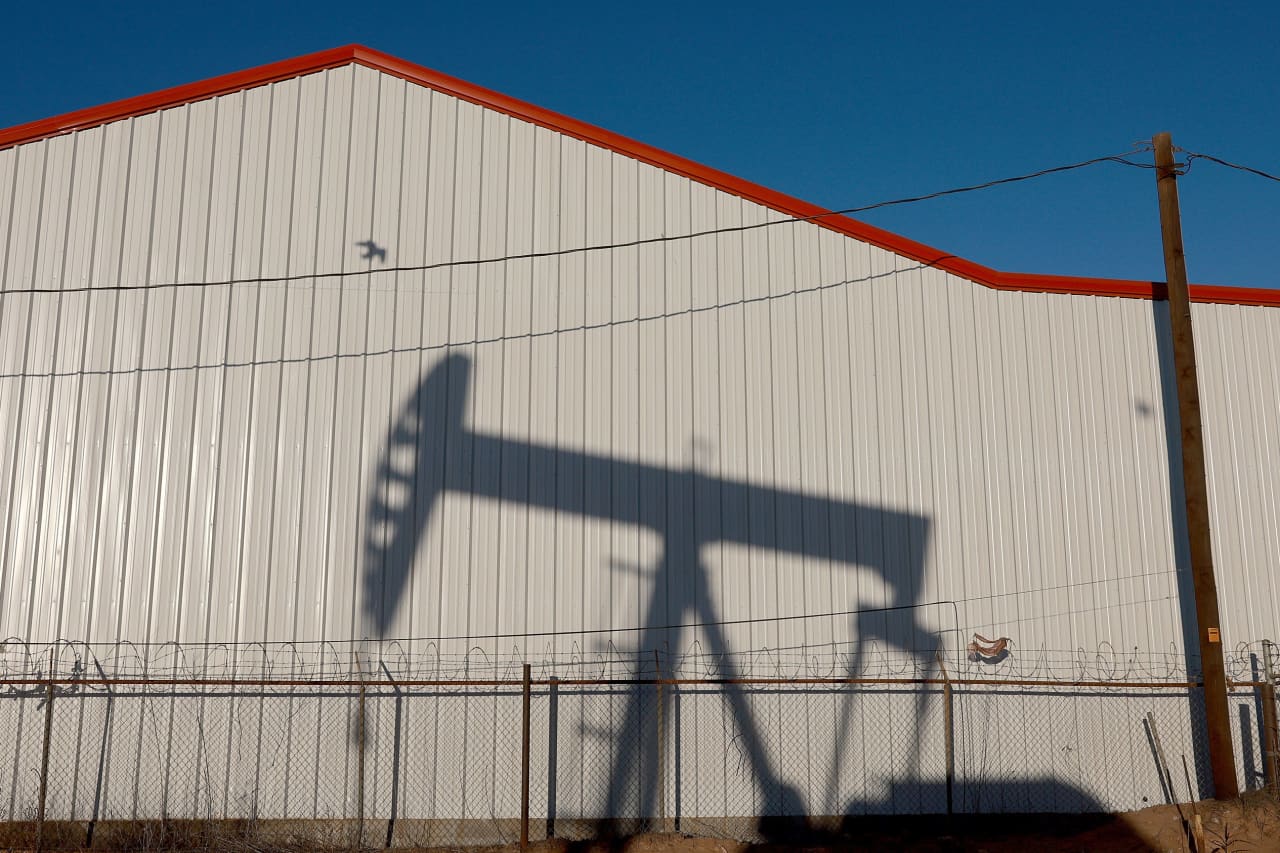Oil futures extended a decline Thursday after news reports said Angola announced plans to exit the Organization of the Petroleum Exporting Countries after being required to lower its production quota in a contentious meeting earlier this month.
Crude futures were already under pressure, threatening to snap a three-day winning streak, after a build in U.S. petroleum supplies and record domestic production cooled a rally sparked by disrupted shipments in the Red Sea.
Price action
-
West Texas Intermediate crude for February delivery
CL00,
-1.47% CL.1,
-1.47% CLG24,
-1.47%
fell $1.31,or 1.8%< to $72.91 a barrel on the New York Mercantile Exchange. -
February Brent crude
BRN00,
-1.49% BRNG24,
-1.49% ,
the global benchmark, was down $1.42, or 1.8%, at $78.28 a barrel on ICE Futures Europe.
Market drivers
Angola oil minister Diamantino Azevedo on Thursday told public television the country would leave OPEC because its membership in the group wasn’t serving its interest, Reuters reported. Angola produces around 1.1 million barrels of crude a day.
The weak tone in crude, meanwhile, shows that despite re-emerging geopolitical worries, “the market’s central attention remains steadfast on the enduring and fluctuating dynamics of supply and demand,” said Stephen Innes, managing director at SPI Asset Management, in a note.
Several shippers have suspended shipments through the Red Sea after a series of drone and missile attacks by Iran-backed Houthi rebels since the start of the Israel-Hamas war. The U.S. earlier this week announced a naval coalition would move to halt the attacks.
Read: Attacks in the Red Sea add to global shipping woes
Brent and WTI rose for a third straight session Wednesday, ending at their highest since Nov. 30, but pulled back from session highs after data from the Energy Information Administration showed a rise in U.S. crude, gasoline and distillate supplies last week.
Domestic petroleum production, meanwhile, marked a climb to another record high at 13.3 million barrels a day, based on EIA data going back to 1984.
On top of worries about Chinese demand, the market is grappling with apprehensions sparked by Wednesday’s EIA report, Innes said. The rise in U.S. refined-fuels supplies amplified worries about domestic demand, he said.



